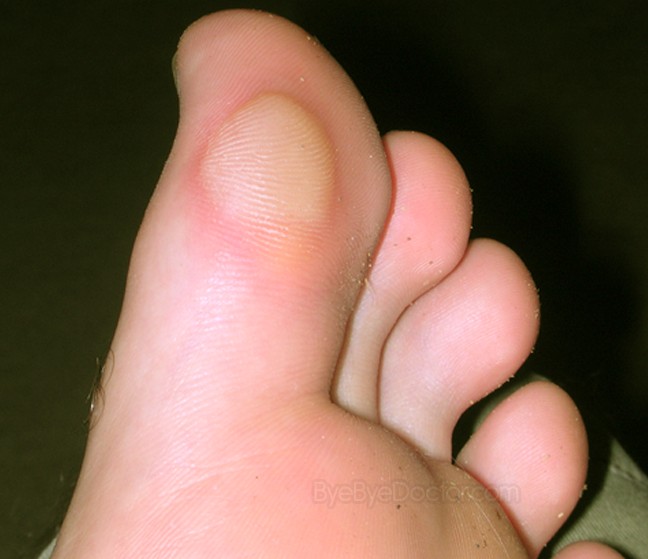Blood Blisters
Last reviewed by Dr.Mary on October 4th, 2018.
What is a Blood Blister?
Blood blisters are a type of blisters which can develop when blood vessels, as well as tissues of the dermis, become injured without the epidermis being punctured. Therefore, body fluids for instance lymph as well as blood are trapped beneath the skin. Blood blisters cover all of the constituents of blood as well as the haemoglobin that gives these blisters its dark red color.
Blood Blisters Causes
Blood blisters commonly develop following a sudden force that is intense, for example, a hard pinch of the skin instead of the slow application of friction that creates normal blisters. These blood blisters can as well develop from scalding or burning, including sunburns. It can also be caused by a reaction of the skin to chemical irritants, allergens, skin infections from fungus as well as skin infections that are viral. Continuous and excessive friction, for instance, caused by shovelling or raking for long periods of time, can also cause these blisters to develop.
The most common region for blood blisters to develop is the feet. These blisters on the feet in the majority of cases are caused by shoes that are uncomfortable as well as not properly fitting – therefore creating pressure. They can also develop on the hands because of actions that cause rubbing against the skin that is intense.
When a blood blister is punctured, a little amount of dark red blood comes out. The skin beneath the outer skin flap will be left sore and raw. This can increase the risk of infection to happen.
Blood Blisters Treatment
Whenever an individual is managing the blood blisters at home, he/she needs not to pop the blister. Popping these types of blisters can cause infection as well as slow down the natural healing process of the body. To keep the blisters from popping, you can cover them with a soft dressing. If the blister does pop, the pocket of skin that is left should not be removed. Instead, the area should be left alone to heal on its own.
Blood blisters need also to be frequently washed to keep clear of any irritants. The blister can be helped with drying by applying zinc cream to the area, and it also helps to speed up the healing process. When the blisters break, it is essential to treat with an antiseptic to keep the area from becoming infected.
Warm and moist skin is much more prone to develop an outbreak of blisters. Keeping the area dry is the best way to decrease the risk of the skin layers separating and blisters from forming. Using moleskin on areas that often get chafed will stop blood blisters from starting. Another way to help prevent these blisters is by using protective gear – for instance, gloves. This will prevent the skin from being pinched accidentally.
Most blood blisters don’t need any particular attention medically. But, if the blisters do recur often and seem to have infections, then an individual should obtain the help of a medical professional.
If an individual develops these blisters, below are a few tips for treating them. They include:
- Don’t puncture the blisters. This will often lead to infections and slow down the healing process. Cover them with some soft dressing to prevent accidental popping.
- If or when blisters get punctured, make sure to keep the skin flap above this raw area in place, so this serves as protection. Apply antibiotic ointment on affected areas.
- Blood blisters can be very painful. To help ease the pain, keeping ice or ice packs on the swollen area can help. But, they should be only applied for 5 minutes. Check for reddening of the skin. If there isn’t any, you can apply the ice pack for five more minutes.
- If the area around these blisters is red and swollen, soak in Epsom salts as it will offer some relief.
- Keep the area free and clean of any irritants by frequent washings. After cleaning, apply zinc cream for drying.






